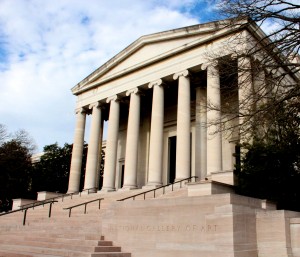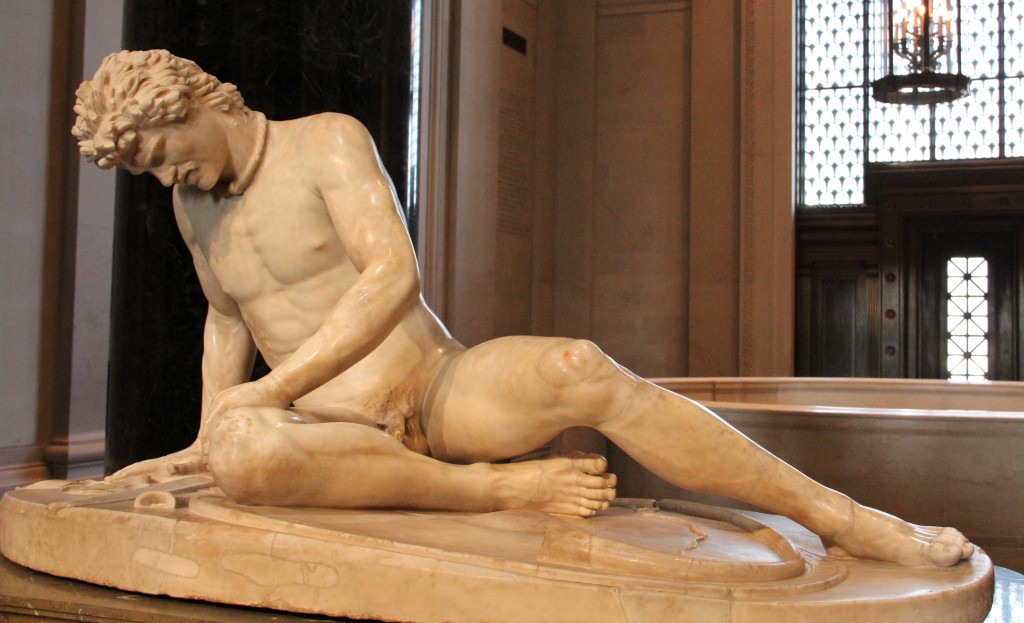Yesterday when I saw this beautiful, life-sized statue at the National Gallery of Art in Washington, DC, I was surprised to learn of its history with Napoleon Bonaparte.
 Originally crafted about 100 AD, it was rediscovered in 1623 during construction of a Roman villa. Its fame swiftly spread throughout Europe. King Philip IV of Spain and Louis XIV of France had full-sized replicas made. Lord Byron mentioned it in his poem Childe Harolde’s Pilgrimage, and painters from Velázquez to David were inspired by it. Thomas Jefferson hoped to acquire a copy for an art gallery he envisioned at Monticello.
Originally crafted about 100 AD, it was rediscovered in 1623 during construction of a Roman villa. Its fame swiftly spread throughout Europe. King Philip IV of Spain and Louis XIV of France had full-sized replicas made. Lord Byron mentioned it in his poem Childe Harolde’s Pilgrimage, and painters from Velázquez to David were inspired by it. Thomas Jefferson hoped to acquire a copy for an art gallery he envisioned at Monticello.
Scholars say it depicts a defeated Gallic warrior in the moment before his death. The mortally wounded man, who probably was the sculptor’s enemy, is portrayed with dignity, compassion, and humanity. Although made of marble two thousand years ago, Dying Gaul almost breathes in agony.
What does this all have to do with Napoleon? It turns out the statue’s trip to DC is only its second voyage ever. The first took place in 1797. While conquering Italy, Napoleon confiscated the Dying Gaul as a war prize and had the statue transported to Paris where it was displayed in the Louvre. In 1816, after Napoleon was ensconced in St Helena, Dying Gaul was repatriated to Rome.
Don’t judge Napoleon too harshly for stealing artworks from his conquered foes. He was following the custom of his time. At least he didn’t destroy them as many other conquerors have done.

